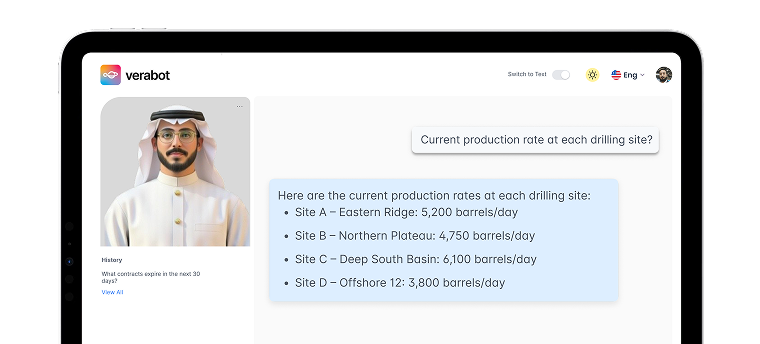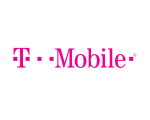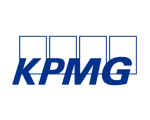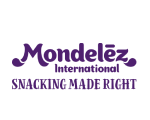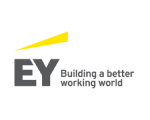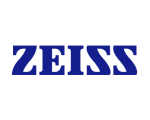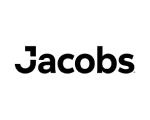Data Analytics Services
Uncover Hidden Insights with Data Analytics
Unlock your business’s potential with Veraqor’s data analytics solutions and insights. Uncover powerful insights that enable you to make better decisions and get real-time results.
Data Analytics
$350B
is the current global big data analytics market size.56%
of data leaders plan on increasing their budgets this year.72%
of data leaders are engaged in digital transformation through data analytics.What You Can Do
Implement Robust Data Governance Policies
By establishing effective data governance policies, organizations are overcoming the challenges of data mismanagement and regulatory non-compliance. This initiative clarifies roles and responsibilities, ensuring that data is handled consistently and securely, ultimately enhancing data integrity and trustworthiness throughout the organization.
$900B
is the projected global big data analytics market size by 2032.Strengthen Data Security and Compliance Frameworks
Enhancing data security measures allows organizations to combat unauthorized access to sensitive information effectively. By implementing comprehensive compliance frameworks, businesses not only protect their data assets but also reduce the risk of costly breaches and legal penalties, fostering a culture of accountability and trust.
91.9%
of organizations achieved measurable value from data and analytics investments in 2023.Elevate Data Quality through Standardization
Overcoming inaccuracies and inconsistencies in data is achieved by instituting stringent quality standards and validation processes. This focus on data integrity enables organizations to enhance the reliability of their analysis, leading to more precise insights that inform strategic decision-making and drive operational excellence.
3 in 5
organizations globally are using data analytics to drive business innovation.Optimize Scalability and Interoperability Across Systems
By addressing scalability issues and ensuring seamless interoperability between software systems, organizations are equipped to manage increasing data volumes efficiently. This proactive approach enhances system performance, allowing for rapid response to evolving business needs and maximizing cloud resource utilization for greater operational efficiency.
10%
of all data produced by 2025 will be through Gen AI, reshaping the enterprise analytics market.Enhance Data Visualization Capabilities for Insightful Decision-Making
Expanding data visualization tools empowers organizations to transform complex data into clear, actionable insights. By enhancing visualization capabilities, stakeholders can interpret intricate information quickly, facilitating informed decision-making and promoting a data-driven culture that supports innovation and growth.
70%
of enterprises are expected to leverage AI-driven analytics by 2024, enabling them to automate data processes.
Modernizing Your Data & Analytics for Resilient Business Transformation
By harnessing the power of Microsoft Fabric, your business can seamlessly integrate data sources, optimize workflows, and unlock the full potential of its data assets. Elevate your decision-making processes, enhance operational efficiency, and navigate the evolving business landscape with confidence.
Data & Analytics Strategy
Drive growth with Veraqor’s data analytics solutions powered by Microsoft Fabric. Improve resource management, optimize cloud use, and discover new opportunities, ensuring both short- and long-term returns on data investments.
Learn More
Data Engineering
Veraqor harnesses Microsoft Fabric to streamline data integration and optimize performance. We identify, govern, and prepare data for scalable, secure insights, delivering purpose-built accelerators that drive real-time analytics and effective data management solutions.
Learn More
Data Science
Leverage Microsoft Fabric and AI-driven analytics to gain strategic insights. Veraqor’s Data Science services support organizational goals by identifying data relationships and building solutions like NLP, computer vision, recommendation engines, and anomaly detection.
Learn More
Business Insights
Using Microsoft Fabric, Veraqor enables organizations to uncover significant data relationships, providing actionable insights for decision-making across all levels. This approach ensures informed, data-driven strategies that enhance business outcomes.
Learn More
Data Governance
Veraqor’s Data Governance solutions, powered by Microsoft Fabric, ensure effective data management across the lifecycle. Our strategies maximize data value by establishing comprehensive governance protocols that enhance compliance, transparency, and business decision-making.
Learn More
Action Automation
Veraqor leverages Microsoft Fabric's capabilities to automate data-driven actions, enabling seamless integration and actionable insights. By utilizing Data Activator, we help businesses unlock the full potential of their data for better decision-making and efficiency.
Learn More
Our Partnerships





Growth Recognition
See How Organizations Are Innovating
Situation
T-Mobile faced a challenge of building a nationwide 5G network while ensuring effective and accurate reporting on data and metrics related to supply chain and business critical information. The existing landscape of disparate data sources and systems made it difficult and time-consuming to ensure real-time metrics, leading to the need for a solution to centralize data to optimize planning and reporting that would be effective and efficient.Solution
The solution was to create a data lakehouse solution with Azure Synapse to centralize all their data and make it significantly more accessible and flexible across the organization. Power BI was then used to create stunning dashboards to support the usage and understanding of procurement and supply chain data and encourage more data-driven decision making during the 5G initiative.Impact
The data lakehouse created with Microsoft Azure Data Factory, Azure Synapse Analytics, and Azure Databricks, enabled T-Mobile to centralize data and improve security, eliminating workload contention and ensuring data isolation. The data lakehouse also facilitated the creation of stunning dashboards, using Microsoft Power BI, to support the understanding of procurement and supply chain data and encourage more data-driven decision making. T-Mobile was able to successfully execute the building of a nationwide 5G network, which required a massive ramp-up in cell tower site construction and ensure that sites were built on time.Situation
KPMG was looking to empower application developers to rapidly build their own cloud infrastructure while maintaining the firm’s security posture. The existing legacy lab environment offered great flexibility and speed for testing cloud services, but there were trade-offs concerning secure tenant-level policies, flexible access controls, and data classification restrictions. There was also a need to support training, proof of concepts, and application demos to internal clients that included cloud services that have not been vetted by KPMG security.Solution
To mitigate this issue, a pre-development Azure landing zone was introduced with self-auditable security guardrails which allow developers elevated privileges to safely experiment with cloud services and build their applications in the cloud using KPMG proprietary data.Impact
The introduction of a pre-development Azure landing zone with self-auditable security guardrails allowed developers elevated privileges to safely experiment with cloud services and build their applications in the cloud using KPMG proprietary data. The solution also enables data scientists to fine-tune their AI & ML models with rapid prototyping, increased agility, and reduced time to market. The KPMG app dev teams adopted the pre-dev Azure landing zone to migrate to the cloud in just eight days, reducing time to market by 50-60%.Situation
AMD IT, as a leader in semiconductor technology, was facing an ever-increasing need for more computing resources for its product development and verification processes. The team was looking for scalability, reliability, and adaptability for its hybrid environments to preserve capacity and reliability. The solution implemented has enabled AMD to reduce delays and accelerate time to market.Solution
By using Azure resources, AMD IT was able to speed up job times and reduce time to market by scaling up virtual machines (VMs) configured for high-performance computing (HPC) to meet bursts of demand and then scale back down when the machines aren’t needed.Impact
The solution also helped AMD IT shorten ramp-up times, gain flexibility, and speed up job times, which ultimately sped up design cycle times and reduced time to market. Additionally, AMD IT was able to strategically plan for which machines and processes it would need at any given time, allowing them to positively impact the company’s bottom line.Situation
Mondelēz International had an aging on-premises infrastructure that needed to be replaced to enable new business and product innovations. The company was also facing increasingly severe security threats and needed to ramp up its security posture. In addition, the company wanted to move as many of its systems as possible to the cloud to gain scalability, flexibility, and agility.Solution
The solution that Mondelez adopted was to move most of its IT assets, including much of its business-critical SAP landscape, to Microsoft Azure. By doing so, Mondelēz International improved SAP application performance by up to 50 percent, halved its disaster recovery time and boosted availability of key systems.Impact
The decision to move to Azure allowed the company to introduce additional layers of security, including Azure Active Directory, in a flexible and agile way, which was not possible in a static, on-premises environment. Additionally, the company was able to reduce costs and upgrade its infrastructure while meeting the rapidly evolving digital requirements of its consumers. The company’s digital capability is now integral to its strategy and everything it does to further accelerate profitable growth.Situation
EY Assurance, dedicated to delivering high-quality audits globally and fostering trust and confidence in capital markets, faced the challenge of managing a growing client list and the escalating volume and complexity of data for analysis. In response, EY Assurance sought to evolve its technology to meet these demands and get ahead of the increasing data chaos.Solution
In a strategic partnership, EY Assurance opted for Microsoft Fabric as the solution to streamline its data supply chain. Integrated with Microsoft Power BI, this solution simplifies the analysis of client data for EY Assurance professionals. By leveraging Microsoft Fabric, EY Assurance anticipates improvements in the speed and quality of data analysis, as well as advancements in scalability. The platform also offers the potential to extend its benefits to other service lines within EY.Impact
The adoption of Microsoft Fabric has positioned EY Assurance to navigate the challenges of a growing client base and increasingly complex data. This move is expected to enhance the speed and quality of data analysis, allowing for more efficient auditing processes. Furthermore, the scalability and versatility of Microsoft Fabric enable EY Assurance to envision extending its benefits across various service lines, contributing to the overall evolution and advancement of the company’s technological capabilities.Situation
ZEISS Group recognized the untapped potential within its vast and varied datasets and sought to break free from the constraints of numerous data silos. The company aimed to streamline its data analytics workflows by establishing a unified source of truth. With specific technical objectives, including the evolution of its enterprise (Big) DATA Analytics platform, ZEISS Group aimed to accelerate the end-to-end data lifecycle and foster business growth through AI innovation.Solution
In pursuit of a solution, ZEISS Group turned to Microsoft Fabric on the Azure platform (cloud environment). This strategic choice enabled ZEISS Group to seamlessly connect and consolidate all its data sources, eliminating the need for redundant data silos and additional infrastructure investments. Microsoft Fabric on Azure emerged as the key enabler for ZEISS Group to achieve its technical goals, allowing the company to work from a single source of truth across various data analytics workflows.Impact
By adopting Microsoft Fabric on Azure, ZEISS Group anticipates a transformative impact on its data supply chain. The unified analytics platform facilitates secure and trusted data sharing across different business units, empowering ZEISS Group to focus on its core competency—creating industry-leading optical solutions. Leveraging its familiarity with Microsoft technologies, ZEISS Group has seamlessly integrated Microsoft Fabric into its existing ecosystem.Situation
Dallas-based organization Jacobs Solutions Inc. (Jacobs), a leader in innovative engineering solutions, employs over 60,000 individuals across 50 countries. Despite their global success, Jacobs faced a significant challenge in ensuring project certainty across diverse sectors. One of Jacobs’ primary hurdles involved the scattered nature of project data, dispersed across APIs, data lakes, network storage, and databases. This fragmentation impeded the agile and scalable creation of dashboards and reports, requiring developers to undergo tedious, time-consuming consolidation processes.Solution
Jacobs embarked on a journey to streamline their processes by leveraging Power BI and the Microsoft Fabric platform on Azure. By centralizing and integrating their project data, Jacobs aimed to overcome the challenges of fragmentation. This strategic move enabled the organization to enhance agility and scalability in the creation of dashboards and reports.Impact
The implementation of Power BI and the extended Microsoft Fabric has empowered Jacobs to deliver certainty on their projects and programs. The platform’s scalability and efficiency have significantly reduced the time and effort previously spent on consolidating scattered data. Developers can now focus on value-added tasks rather than laborious data integration steps. This transformation not only addresses Jacobs’ initial challenge but also propels them toward more agile and streamlined project execution.Generating Business Value Across Functions
Improved Decision-Making for Future Investments
Using cloud and analytics, this solution helps oil and gas companies centralize their assets data and manage it effectively. This allows them for improved decision-making around maintenance schedules and investment in new equipment.
Assisting COOs in Ensuring Long-term Equipment Effectiveness
This solution allows COOs to look after their equipment effectively, use sensor data and analytics, closely monitor their equipment performance in real-time, and predict when maintenance is needed. The cloud can fast-process vast volumes of data to extract real-time insights, leading to cost-effective and efficient operations.
Real-Time Monitoring of Environmental Factors & Human Safety
Through the cloud’s real-time processing, organizations can monitor any external environmental factors, such as air and water quality, enabling them to be aware of any potentially harmful impacts. This also helps companies ensure their workforce’s safety, avoiding any hazardous operations that may result in a catastrophe.
Taking the Data-Driven Path to Market Better
Retail Manufacturing Data Analytics report enables organizations to use powerful tools and a data-driven approach to make intelligent decisions. It allows businesses to analyze and follow up on progress and study consumer behaviors.
Presenting Information The Right Way
This solution helps gather and compile important data from the organization and present it through a dashboard. By bringing together all the IT asset information and developing relations with financial information, it provides complete health of the IT infrastructure that is critical to your business growth.
The Scenario Allows CFOs to Understand Growth Avenues
The CFO is looking to comprehend the business performance across the key countries and regions. This particular demo presents usual finance department business scenarios explaining revenue growth and profitability, planning, analysis, and expense management.
Improving Productivity in the Public Sector with Better Data Practices
This solution enhances productivity in the public sector by revolutionizing data practices. It stores information securely with a unified source, with built-in security and compliance through Microsoft Fabric. This transformative approach unifies data across government agencies, fostering collaboration and efficiency.
Revolutionizing Clean Energy Management with AI-driven Insights
Utilizing OneLake, this solution seamlessly collects real-time data, unraveling the intricacies of clean energy usage and enhancing its effectiveness. By collecting data from diverse sources like wind turbines and solar panels, coupled with the power of ML and AI, it pinpoints demand patterns, paving the way for a more sustainable and responsive energy landscape.



